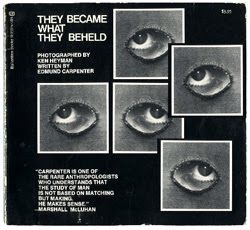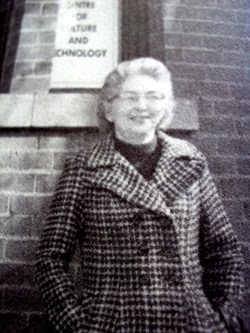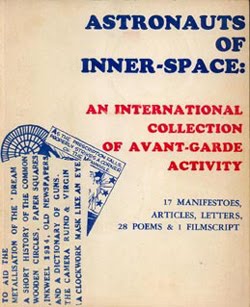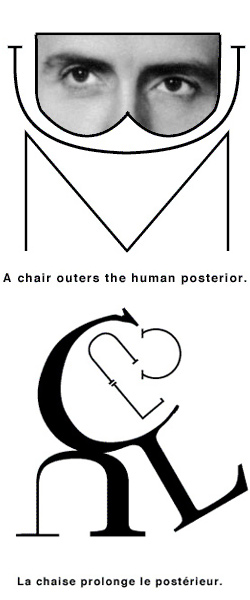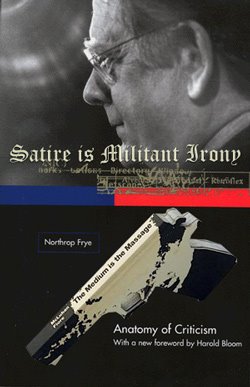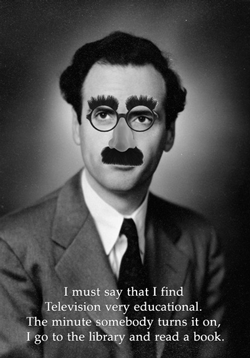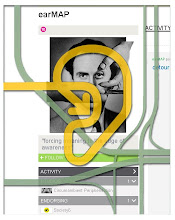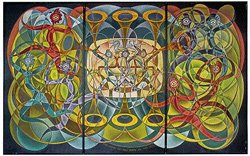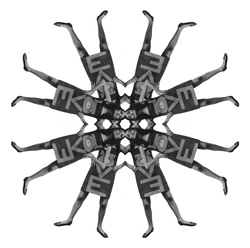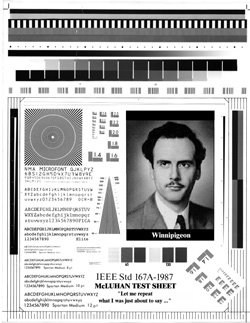skip to main |
skip to sidebar
cage

Prefatory note by George Sanderson.
Eric McLuhan has forwarded this piece which he wrote
with Marshall. It was also a favorite of John Cage.
Eric remarks "The title comes from the medieval idea
of Agenbite of Inwit -- remorse of conscience. We
liked the "bite" idea and the link between out-wit,
outering of wits, and extensions of man."
The Agenbite of Outwit
With the telegraph Western man began a process of
putting his nerves outside his body. Previous technologies
had been extensions of physical organs: the wheel is a put-
ting-outside-ourselves of the feet; the city wall is a col-
lective outering of the skin. But electronic media are, in-
stead, extensions of the central nervous system, an inclusive
and simultaneous field. Since the telegraph we have extended
the brains and nerves of man around the globe. As a result,
the electronic age endures a total uneasiness, as of a man
wearing his skull inside and his brain outside. We have be-
come peculiarly vulnerable. The year of the establishment of
the commercial telegraph in America, 1844, was also the year
Kierkegaard published The Concept of Dread.
A special property of all social extensions of the
body is that they return to plague the inventors in a kind of
agenbite of outwit. As Narcissus fell in love with an outering
(projection, extension) of himself, man seems invariably to
fall in love with the newest gadget or gimmick that is merely
an extension of his own body. Driving a car or watching
television, we tend to forget that what we have to do with is
simply a part of ourselves stuck out there. Thus disposed, we
become servo-mechanisms of our contrivances, responding to them
in the immediate, mechanical way that they demand of us. The
point of the Narcissus myth is not that people are prone to
fall in love with their own images but that people fall in love
with extensions of themselves which they are convinced are not
extensions of themselves. This provides, I think, a fairly good
image of all of our technologies, and it directs us towards a
basic issue, the idolatry of technology as involving a psychic
numbness.
Every generation poised on the edge of a massive change
seems, to later observers, to have been oblivious of the issues
and the imminent event. But it is necessary to understand the
power of technologies to isolate the senses and thus to hypno-
tize society. The formula for hypnosis is "one sense at a time."
Our private senses are not closed systems but are endlessly
translated into one another in the synesthetic experience
we call consciousness. Our extended senses, tools, or tech-
nologies, have been closed systems incapable of interplay.
Every new technology diminishes sense interplay and awareness
for precisely the area ministered to by that technology: a
kind of identification of viewer and object occurs. This
conforming of the beholder to the new form or structure
renders those most deeply immersed in a revolution the least
aware of its dynamic. At such times it is felt that the fu-
ture will be a larger or greatly improved version of the
immediate past.
The new electronic technology, however, is not a
closed system. As an extension of the central nervous system,
it deals precisely in awareness, interplay and dialogue. In the
electronic age, the very instantaneous nature of the co-exis-
tence among our technological instruments has created a crisis
quite new in human history. Our extended faculties and senses
now constitute a single field of experience which demands that
they become collectively conscious, like the central nervous
system itself. Fragmentation and specialization, features of
mechanism, are absent.
To the extent that we are unaware of the nature of
the new electronic forms, we are manipulated by them. Let me
offer, as an example of the way in which a new technology can
transform institutions and modes of procedure, a bit of
testimony by Albert Speer, German armaments minister in 1942,
at the Nuremberg trials:
The telephone, the teleprinter and the wireless made it
possible for orders from the highest levels to be given
directly to the lowest levels, where, on account of the
absolute authority behind them, they were carried out
uncrtitically; or brought it about that numerous offices
and command centers were directly connected with the su-
preme leadership from which they received their sinister
orders without any intermediary; or resulted in the wide-
spread surveillance of the citizen; or in a high degree of
secrecy surrounding criminal happenings. To the outside ob-
server this governmental apparatus may have resembled the
apparently chaotic confusion of lines at a telephone ex-
change, but like the latter it could be controlled and op-
erated from one central source. Former dictatorships need-
ed collaborators of high quality even in the lower levels
of leadership, men who could think and act independently.
In the era of modern technique an authoritarian system can
do without this. The means of communi cation alone permit
it to mechanize the work of subordinate leadership. As a
consequence a new type develops: the uncritical recipient
of orders.
Television and radio are immense extension of ourselves
which enable us to participate in one another's lives, much as
a language does. But the modes of participation are already
built into the technology; these new languages have their own
grammars.
The ways of thinking implanted by electronic culture
are very different from those fostered by print culture. Since
the Renaissance most methods and procedures have strongly tended
towards stress on the visual organization and application of know-
ledge. The assumptions latent in typographic segmentation manifest
themselves in the fragmentation of crafts and the specializing of
social tasks. Literacy stresses lineality, a one-thing-at-a-time
awareness and mode of procedure. From it derive the assembly line
and the order of battle, the managerial hierarchy and the depart-
mentalizations of scholarly decorum. Gutenberg gave us analysis
and explosion. By fragmenting the field of perception and infor-
mation into static bits, we have accomplished wonders.
But electronic media proceed differently. Television,
radio and the newspaper (at the point where it was linked with
the telegraph) deal in auditory space, by which I mean that
sphere of simultaneous relations created by the act of hearing.
We hear from all directions at once; this creates a unique,
unvisualizable space. The all-at-once-ness of auditory space is
the exact opposite of lineality, of taking one thing at a time.
It is very confusing to learn that the mosaic of a newspaper
page is "auditory" in basic structure. This, however, is only
to say that any pattern in which the components co-exist with-
out direct, lineal hook-up or connection, creating a field
of simultaneous relations, is auditory, even though some of
its aspects can be seen. The items of news and advertising that
exist under a newspaper dateline are interrelated only by that
dateline. They have no interconnection of logic or statement.
Yet they form a mosaic of corporate image whose parts are
interpenetrating. Such is also the kind of order that tends to
exist in a city or a culture. It is a kind of orchestral, reson-
ating unity, not the unity of logical discourse.
The tribalizing power of the new electronic media,
the way in which they return us to the unified fields of the
old oral cultures, to tribal cohesion and pre-individualist
patterns of thought, is little understood. Tribalism is the
sense of the deep bond of family, the closed society as the
norm of community. Literacy, the visual technology, dissolved
the tribal magic by means of its stress on fragmentation and
specialization, and created the individual. The electronic
media, however, are group forms. Post-literate man's elec-
tronic media contract the world to a tribe or village where
everything happens to everyone at the same time: everyone
knows about, and therefore participates in, everything that
is happening the moment it happens. Because we do not under-
stand these things, because of the numbing power of the tech-
nology itself, we are helpless while undergoing a revolution
in our North American sense-lives, via the television image.
It is a change comparable to that experienced by Europeans in
the 'twenties and 'thirties, when the new radio image recon-
stituted overnight the tribal character long absent from
European life. Our extremely visual world had immunity from
the radio image, but not from the scanning finger of the TV
mosaic.
It would be hard to imagine a state of confusion
greater than our own. Literacy gave us an eye for an ear and
succeeded in detribalizing that portion of mankind that we
refer to as the Western world. We are now engaged in an accel-
erated program of detribalization of all backward parts of the
world by introducing there our own ancient print technology at
the same time that we are engaged in retribalizing ourselves
by means of the new electronic technology. It is like becoming
conscious of the unconscious, and of consciously promoting un-
conscious values by an ever clearer consciousness.
When we pout our central nervous system outside us we
returned to the primal nomadic state. We have become like the
most primitive paleolithic man, once more global wanderers, but
information gatherers rather than food gatherers. From now on
the source of food, wealth and life itself will be information.
The transforming of this information into products is now a
problem for the automation experts, no longer a matter for the
utmost division of human labour and skill. Automation, as we
all know, dispenses with personnel. This terrifies mechanical
man because he does not know what to do about the transition,
but it simply means that work is finished, over and done with.
The concept of work is closely allied to that of specialization,
of special functions and non-involvement; before specialization
there was no work. Man in the future will not work; automation
will work for him, but he may be totally involved as a painter
is, or as a thinker is, or as a poet is. Man works when he is
partially involved. When he is totally involved, he is at play
or at leisure.
Man in the electronic age has no possible environment
except the globe and no possible occupation except information-
gathering. By simply moving information and brushing information
against information, any medium whatever creates vast wealth.
The richest corporation in the world -- Atlantic Telephone and
Telegraph -- has only one function: moving information about.
Simply by talking to one another, we create wealth. Any child
watching a TV show should be paid because he or she is creating
wealth for the community. But this wealth is not money. Money
is obsolete because it stores work (and work, and jobs, are
themselves obsolete, as we see daily). In a workless, non-spe-
cialist society, money is useless. What we need is a credit
card, which is information.
When new technologies impose themselves on societies
long habituated to older technologies, anxieties of all kinds
result. Our electronic world now calls for a unified field of
global awareness; the kind of private consciousness appropriate
to literate man can be viewed as an unbearable kink in the
collective consciousness demanded by electronic information
movement. In this impasse, suspension of all automatic reflexes
would seem to be in order. I believe that artists, in all media,
respond soonest to the challenges of new pressures. I would like
to suggest that they also show us ways of living with new tech-
nology without destroying earlier forms and achievements. The
new media, too, are not toys; they should no be in the hands of
Mother Goose and Peter Pan executives. They can be entrusted
only to new artists.
















![et cetera : LOVE [1977]](https://blogger.googleusercontent.com/img/b/R29vZ2xl/AVvXsEgQ8s7vwLQuzHDNgqlfBacxRkEbOErToak9kmgFl0VmyIYEqS9qIzNIVcXKpzTncPhqo3TSgOyztAguIW6OlXw65aFHmpx6cRzmvCUQQMTwUGUOd0iE0GbJakEc3g3kBAJrvlZP4z3eesg/s1600/etc1977.jpg)









![MAC LUHAN [sic] : LOST IN TRANSLATION](https://blogger.googleusercontent.com/img/b/R29vZ2xl/AVvXsEg92tMqBMDA917NDivsS2ZwIirx9KTf24tOCgFFnK65p7Hw5dvqEh1e2aefCynj2UW8u-k8zwBXbjgypsCXUcv-5G7ZCsyDB13giHEjmhVISAeW-oI_JV6ePOXW_XBDPwy2nREAoqRU7Z8/s1600/MAC.jpg)






















![Les Yeux De Nadja [unpublished]](https://blogger.googleusercontent.com/img/b/R29vZ2xl/AVvXsEgrXohpIuxxYyjKoqBSQf3TpYGjnttZnjRFvmMdshadfnVKi7PMAjIqEuqYctZFXOFH2n-oH75oJx-YkaON7xvaZgVdvaK0zfSOurEmCKqmWF6qXh2F3VbqyixfGhvY4qH6LENMTs1wCIw/s1600/2xsurreal.jpg)
















![PIED PIPERS [MARSH] ALL](https://blogger.googleusercontent.com/img/b/R29vZ2xl/AVvXsEhqvGIGG9lWZYhFZRVc_V8EJG2apQBsys4kNQOQsA0EV6H6Tg-SMN0sX15NXy_GzsF3xAUdcb2QlfvJk-RU-Rha-3Eu5Mnglkf5KLe6pccVqAP4VR_Gi4fGQ716QSmDe3Zna5Uwct5d2sw/s1600/piedPiperMarshALL270.png)






























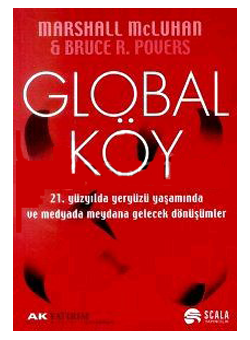




























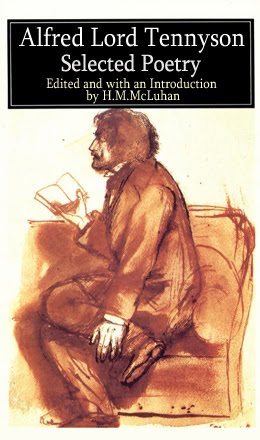

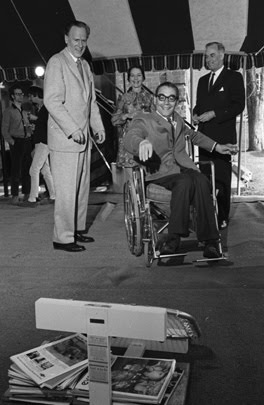




![PICNIC IN SPACE : The Great Minds of Our Time Film Series [1973]](https://blogger.googleusercontent.com/img/b/R29vZ2xl/AVvXsEjyov75DRIUBWcYLkzPYmupFy8CQ9dQ4Q798zDIN6jPNsSdBB_WuOcvPl4WjMAz10csG071oCO3BCUtIcKyHoIkCN0lCy0OxGCV_HrLXrGNKRpUiKMrqzkJh4LSc7jT_KrrqmClapSlVa8/s1600-r/PicnicInSpace.jpg)


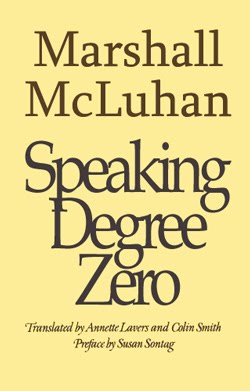






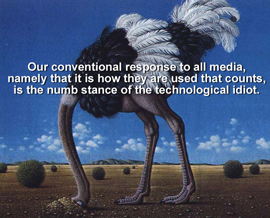


















![more Hidden ground [re:Bride] : the "flippancy" of tone seemed just "right"](https://blogger.googleusercontent.com/img/b/R29vZ2xl/AVvXsEg-hQyF9KGGhKYc73nUGmV1bStJ4fTJVh0-TL1ZtikLZEv5ppjhB3DOhFcVuzGq-kByrwtTAWgCcE173pA3UTIPe7h6xJjsPt7lRvNym007ZsdXenMDLNimKcwtaTOqkGleoxmXOeCKtxXL/s1600-r/LEAVISLEWIS.png)
















![BABA WAWA [TODAY SHOW, Toronto City Hall 1970]](https://blogger.googleusercontent.com/img/b/R29vZ2xl/AVvXsEjTZAIFkA07K36WGk951vmZnLPU99fOdNzlvVhyphenhyphenhKZEKu2n2AW5EA1CDZGaTk0aYRXUv7IOXG39igaikoE6SWm8j7QIG96wYRE54oBXwvlaNCJzp15vdkrcqR97IMMny-8sHjM-VDotTOaY/s1600-r/babaWawa.jpg)

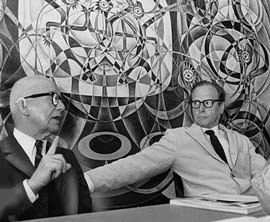

![enter the dragon : "typhon in america" [unpublished]](https://blogger.googleusercontent.com/img/b/R29vZ2xl/AVvXsEjdCnZdJ6JbaLc6hyUmUJo5UJ0m8WZSj_afYU9oRlHKIUgAIfcy2EPHNAptSRYEAmpOf0Xaa0B8iMgOTF302lY0Xmbyne0hvrdRyNo-t0Q-PPdzqX39uI3T5x5FppRPaQf9sSaXytrOpWVN/s1600-r/TIA.jpg)




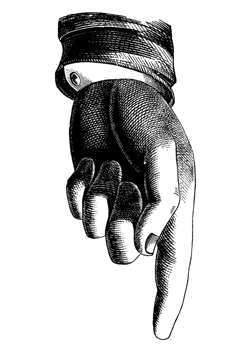






















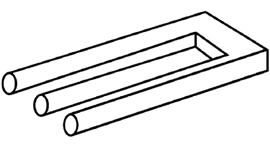









![Take Today [1972] : "the consumer becomes a producer..."](https://blogger.googleusercontent.com/img/b/R29vZ2xl/AVvXsEhA53bdVdTaXdQo1fDmrsI8oiAwF-3jampcanOq8uk3QMh8_ImkNsTiKd4-RnZY8Vbwqh1fymJiyCl1CSLcSonXHQM6XbnJYQi_Vu89gbAV4jVq73EtlbM3w6CthyphenhyphenV_pHEjE6eu_VhC489u/s1600-r/PROSUMER.jpg)








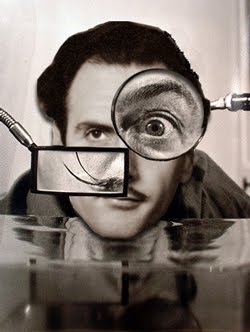















































































![" Outtragedy of poetscalds!, Acomedy of letters " [ FW 425.24]](https://blogger.googleusercontent.com/img/b/R29vZ2xl/AVvXsEhJMrJLN3oPUb25A2tjQtWZcZxA4wZB0IOvaIAvxosAUqlFc258HHvzvlnHHvKhKq7hG3epo76izY2Bu0HC3Cy-8S46Rf0Wni3L8j8jEfpT7sXK3UFlXBMtN2v2JdrmdxvWk8VWKjkhN4-9/s1600-r/preplexLP.png)











![mars[HAL]9000 : " Tomorrow is our permanent address."](https://blogger.googleusercontent.com/img/b/R29vZ2xl/AVvXsEhmblupqmUiuV3GbyayJiDRGEO63TEgwjHi-i8b0kVYDvXrKFWTCyl-e21la4QJXC4nDFDzx51Omi6fYPLJcqRHFoP6zSsL0CVZF98eMf6mxCE2WDfvMmT4q9G3X45-P0IYGDmliE0fCR3C/s1600-r/marsHAL9000_250.jpg)












































































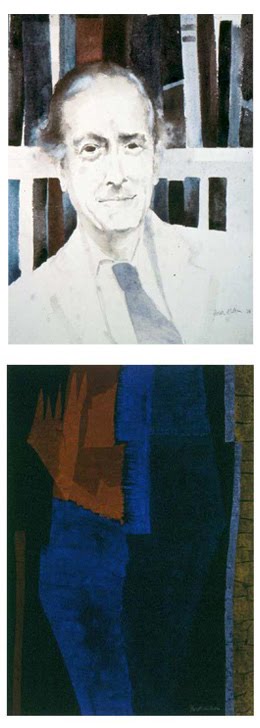















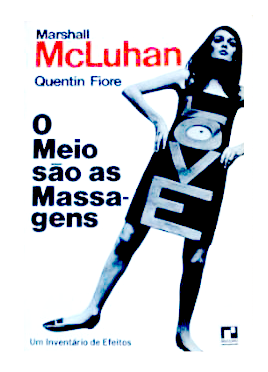





































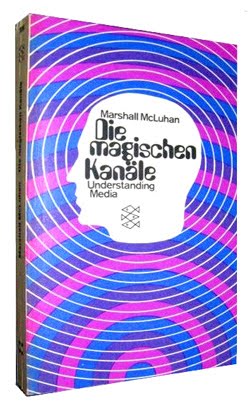
























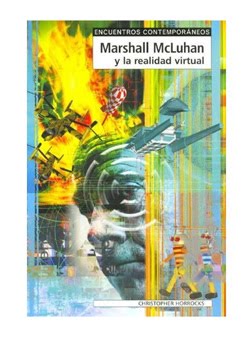




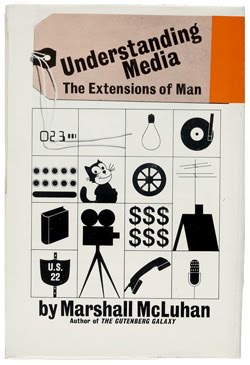





























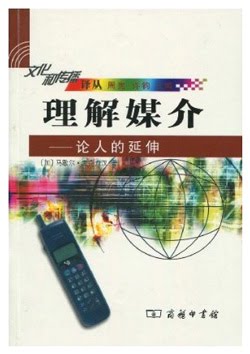




















![Lucifer [from Latin] <br>meaning "light-bearer"](https://blogger.googleusercontent.com/img/b/R29vZ2xl/AVvXsEhq-2kZZOfh-Syv1Ewa0Ns2O6ZeP59pcsJp9ihhKcXCaovYZO_cKxffC5iSKOXFHr6E1jiHc6zedt1U6I95831RgpVdm3qk8-9C3y1yPyrCiQe4jgx-DsbeHnjKnw9t6Qx3ZM5TSYxiPj5H/s1600-r/lucifer.png)













